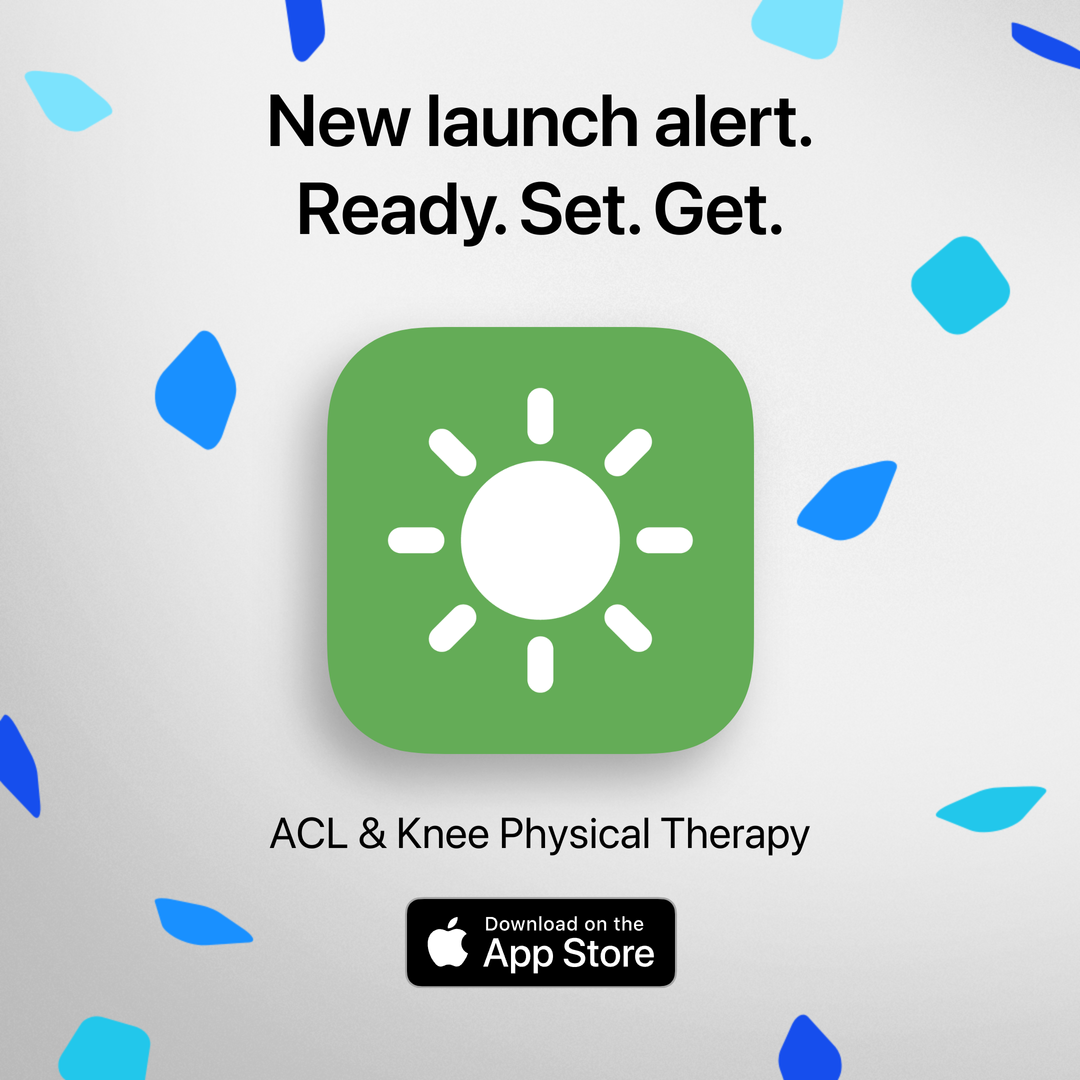Does an ACL injury lead to arthritis in your knee? Or does tearing your ACL result in getting osteoarthritis in your knee? If you are already confused by the terms arthritis and osteoarthritis....read on! The simple difference is that arthritis is an overall term that refers to many forms of joint damage and wear and tear. Whereas osteoarthritis refers specifically to a type of arthritis that can happen due to previous joint injuries, surgeries, genetics and results in wear and tear of various parts of the joint. If you want to learn more about the differences between arthritis and osteoarthritis read this blog.
The answer is yes. People with ACL injuries have a higher risk of developing osteoarthritis and there's a number of different contributing factors. One possible factor is something called mechanical factors. Basically when you walk you have a tendency of walking a little bit differently now than before your ACL injury whether it be because of the pain in your knee or because you're afraid of reinjuring that knee or because the muscles in that leg are a little bit weaker. All of this can lead you to put pressure on your knee a little bit differently and on structures that aren't really used to having pressure on them and this can all contribute to the development of knee osteoarthritis.
One major factor that is NOT discussed in this video that can lead to knee osteoarthrits after an ACL injury is the mechanism of injury. This means the way in which you were injured, the ligaments and cartilage that were damaged during the initial injury results in future osteaorthritis. So if during an ACL injury a person damages a small area of cartilage this area can develop osteoarthritis later in life. This process can take years to develop but it does occur earlier in people with ACL injuries compared to people who have not sustained knee injuries.
Watch Monica Kim, a physical therapist, answer the question: Can an ACL injury lead to osteoarthritis in the video below.
So now that you know that an ACL injury can lead to knee osteoarthritis, what should you do next? The solution is EXERCISE! If you have had an ACL injury and now you are worried about knee osteoarthritis and this results in you doing less in terms of exercise and movement you will speed up the process of developing osteoarthritis. The knee joint requires movement to stay healthy and delay the progression of knee osteoarthritis. Knee osteoarthritis is an issue that rarely requires complete rest. Rather it requires ongoing and lifelong movement and exercise. So get moving as it is the only solution for knee osteoarthritis.
If you want daily video guided exercises specifically for knee osteoarthritis download Curovate our physical therapy exercise app. Curovate provides you with structured and evidence-based knee exercises to help you manage your knee pain, improve your knee strength, balance and improve your overall knee function.
Read Monica's full blog on ACL injury and knee osteaoarthritis here.
Read all 5 of Monica's blogs here!
If you have had an ACL injury or have knee osteoarthritis and you need customized assistance with exercises for knee pain check out our Virtual Physical Therapy page to book your 1-on-1 video session with a physical therapist.


Other Blogs Related to ACL Injury
- After ACL surgery, how much help will I need? And help with what?
- Am I at risk of tearing my ACL? How can I prevent an ACL injury? How can I avoid reinjury to my ACL?
- Did I retear my ACL graft?
- Can an ACL injury lead to arthritis in the future?
- What is an ACL and How is it Injured?








